Last Updated on September 13, 2024
Have you ever used calendula? This prolific flower is a fantastic medicinal herb to know and grow in your garden. Here’s what to know about calendula uses and how to grow calendula.
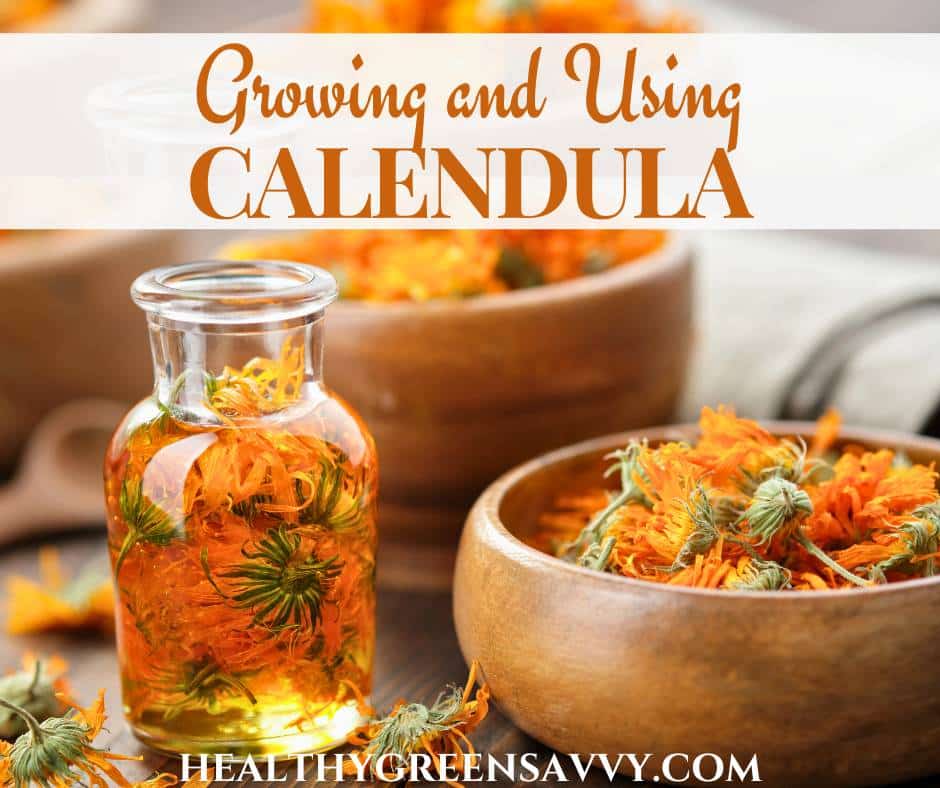
Nothing says summer like sunny calendula blooms. Their gorgeous yellow and orange flowers are among the many flowers you can eat to enjoy in your garden harvest.
Best of all, you can capture this sunny flower to enjoy in winter, whether to soothe dry winter skin or to boost your mood by adding it to teas and soups. It’s also considered an immune-boosting herb and antiviral.
A top plant to consider growing in a medicinal herb garden, calendula flowers are a smart companion plant to consider adding to the veggie patch as well, since their abundant blooms will attract pollinators, helping to increase your harvest of garden favorites.
CALENDULA USES & BENEFITS
Calendula (Calendula officinalis) is prized by herbalists for soothing irritated and damaged skin. Its anti-inflammatory and antimicrobial compounds make it especially useful for wound care. One of several useful sunburn remedies, calendula can be brewed into a tea and used in a soothing compress to promote healing.
Calendula’s usefulness for healing wounds makes it a popular addition to salves and lotions. You can make your own salve or buy it ready-made to have on hand for treating skin issues.
Internally, herbalists recommend calendula for supporting mood, the immune system, and lymphatic drainage. It’s typically consumed in food or tea or as an extract.
Its pretty edible petals can be added to soups, salads, or baked goods as well as herbal tea blends for added antioxidants, immune support, and helping promote a sunnier mood.
Matthew Wood also notes calendula’s use as an emmenagogue and digestive aid.
Keeping dried calendula on hand means you can toss it in the teapot or soup to help with mood issues and support your immune system in winter.
As is the case with lavender leaves, calendula’s leaves can also be used. They’re bitter, so they’re used as a cooked green or in small amounts in salad, and can also be used as a poultice for minor skin irritations.
Note that like so many beloved herbs such as chamomile and dandelion, calendula is in the aster family and may not be the best choice for someone with ragweed allergies.
Here’s more about calendula’s medicinal uses from the Herbal Academy.
HOW TO USE CALENDULA FLOWERS
If you’re growing your own, you’ll want to plant these useful and beautiful flowers in abundance, as they’ll give you a bountiful harvest with very little effort. You’ll be thrilled to have a nice stockpile of these beauties to see you through the winter months.
Calendula flowers benefit from frequent picking, so grab the lovely blooms whenever you see them and pop them in your teapot — or even right in your mouth!
Much of the medicinal compounds herbalists prize are found in the calyx, the green wrapping around the base of the flower. When you’re using calendula flowers medicinally, you want to extract that as well as the petals. Whether you’re brewing calendula flowers in tea or making an oil or tincture, you’ll use the whole flowerhead, calyx and all.
However, if you’re cooking with calendula, you’ll generally want to use just the petals, as the calyx can be quite bitter and hard to chew. But give it a try and see what you think. I don’t find the bitterness of whole flowers unpleasant when I pick them in the garden and pop them in my mouth.
The flower petals also have some bitterness to them, so keep that in mind when using them. You can try baking petals into breads, casseroles, or frittatas, or toss some in your favorite soups or stews. Fresh petals can also work as a garnish on salads.
Calendula flowers are considered particularly helpful for helping with seasonal affective disorder (SAD) and supporting the immune system, so add them to cooking and herbal tea blends often to combat these seasonal woes.
If you hate winter, some extra calendula in your system may help your mood a bit. I go through a lot of calendula in the 6 months of winter we have here!
GROWING CALENDULA
Calendula is easy to grow, and an inexpensive seed packet will keep you in calendula flowers for a long time. You can find calendula seeds at many garden centers as well as from seed suppliers like Botanical Interests, High Mowing Seeds, and True Leaf Market.
To grow calendula in your garden, choose a sunny location. Wait until temperatures have warmed, and the soil is above 60 degrees. Plant seeds 1/4″ deep about 8 inches apart and water well.
Though I highly recommend picking and using loads of calendula flowers, let a few blooms set seed and they will self sow and save you the trouble the following year!
You can interplant calendula in your garden and it will help attract pollinators and add beauty to your veggie patch. No garden? You can grow calendula in pots anywhere you have room for them, like front steps, a balcony, or a patio.
Though calendula is sometimes called ‘pot marigold,’ it’s not actually a marigold (Tagetes genus) like those you’ll find for sale at the garden center at the start of the season. You generally won’t find calendula as a plant start, so you’ll need to grow it from seed.
Calendula does well in average soil and doesn’t need a lot of maintenance beyond watering.
Rico Cech notes that common cultivars of calendula may not have the medicinal compounds desirable for herbal calendula uses. He recommends choosing those with higher resin contents, which you’ll be able to tell by the stickiness of the calyx when you harvest the blooms.
HARVESTING & PRESERVING CALENDULA
Calendula benefits from having its blooms harvested regularly, which signals the plant to make more lovely flowers for you. If you don’t pick them, they’ll set seed and stop flowering. As the season winds down, you can let some go to seed and plant themselves for more lovely blooms in the following season.
You can store extra seeds to use next season.
If you want to use calendula flowers fresh, plan to use them right after harvesting.
Remember that calendula’s medicinal compounds are especially high in the calyx, so don’t remove it as you would for cooking if you want to use calendula medicinally.
If you want to infuse calendula in oil or make tincture, let the flowers wilt for a few hours so moisture can escape.
To dry calendula flowers for later use, it’s best to use a dehydrator to ensure they dry completely to prevent mold from growing. Dehydrators are wonderful tools to have on hand for preserving all sorts of summer produce as well, so it’s a smart investment if you’d like to do more preserving.
Learn more about dehydrating food and herbs and other ways to preserve herbs.
Once completely dry, store in an airtight container or zip-seal bag and try to use within 9 months.
If you don’t grow your own calendula, you can purchase dried flowers in bulk.
You can also find it as a ready-to-brew tea bag, but brewing from loose flowers is far more economical. An infuser cup or pot with built-in infuser makes brewing loose teas a snap.
Curious to learn more about the best medicinal herbs to have on hand? Here are other top medicinal herbs to consider adding to your home apothecary:
To dive deeper into the fascinating world of herbalism, I highly recommend the Herbal Academy’s many courses for all levels of herb-curious folk, from total beginners to experienced herbalists. You can find a complete list of their courses here.

Have you ever worked with calendula? What are your favorite ways to use it?
Save this info on calendula uses for later!
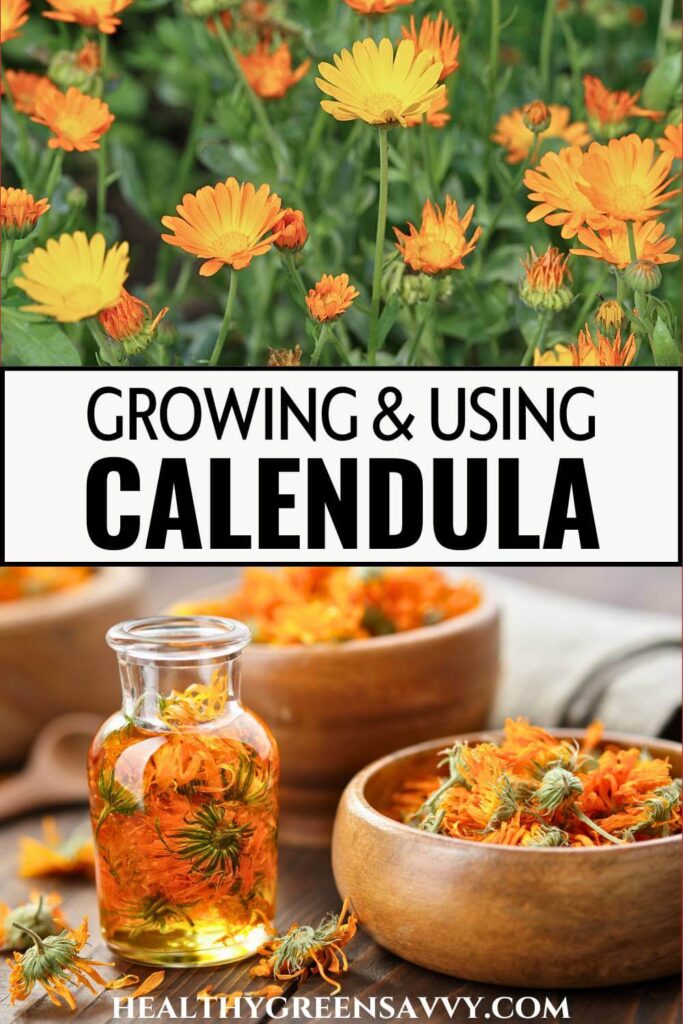
Photo credits in cover and pin: chamillewhite, Grigorii_Pisotcki
Disclaimer: I’m a health enthusiast, not a medical professional. Content on this website is intended for informational purposes only and is not meant to provide personalized medical advice. I draw on numerous health sources, some of which are linked above. Please consult them for more information and a licensed professional for personalized recommendations.
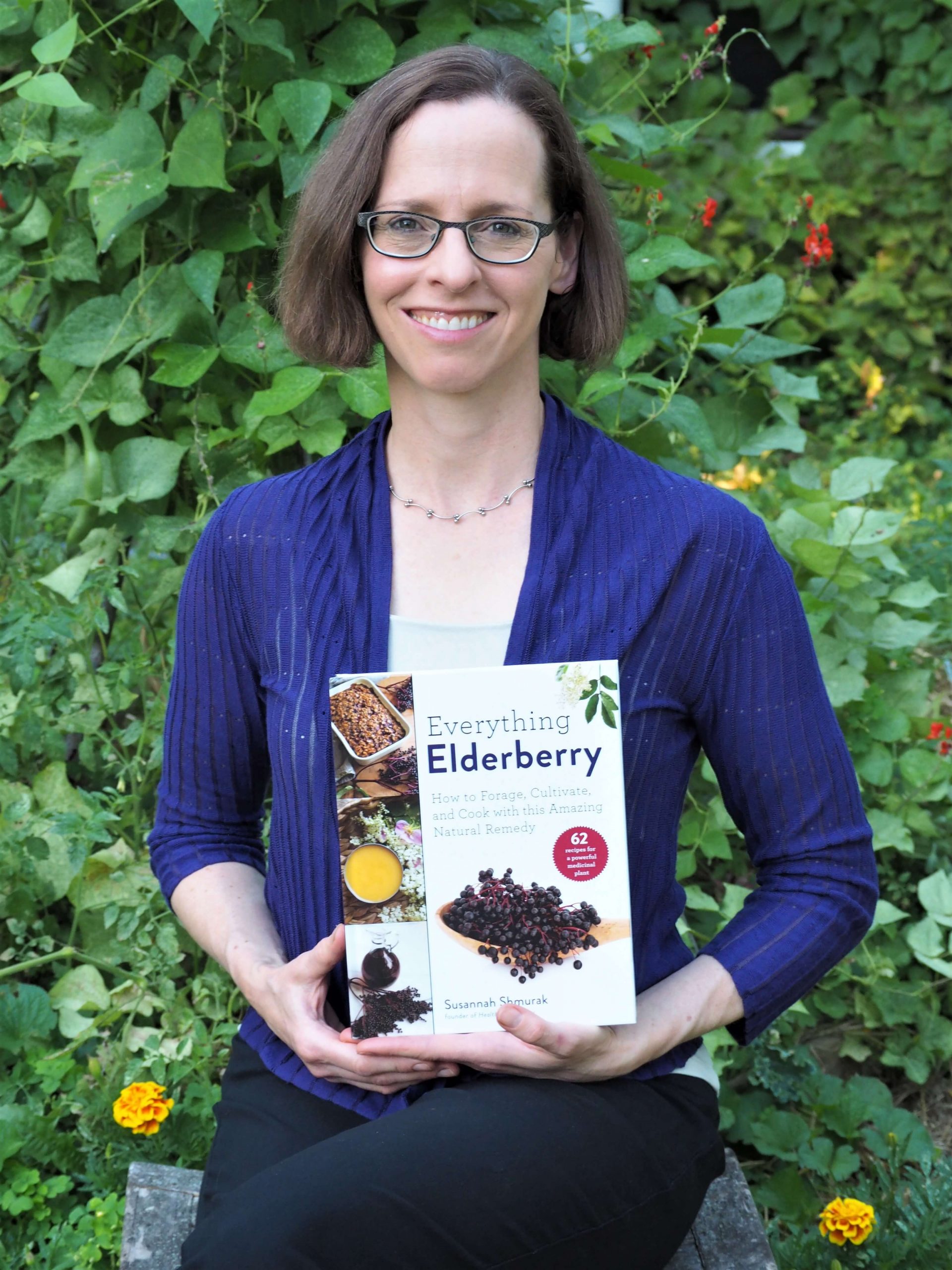
Susannah is a proud garden geek and energy nerd who loves healthy food and natural remedies. Her work has appeared in Mother Earth Living, Ensia, Northern Gardener, Sierra, and on numerous websites. Her first book, Everything Elderberry, released in September 2020 and has been a #1 new release in holistic medicine, naturopathy, herb gardening, and other categories. Find out more and grab your copy here.
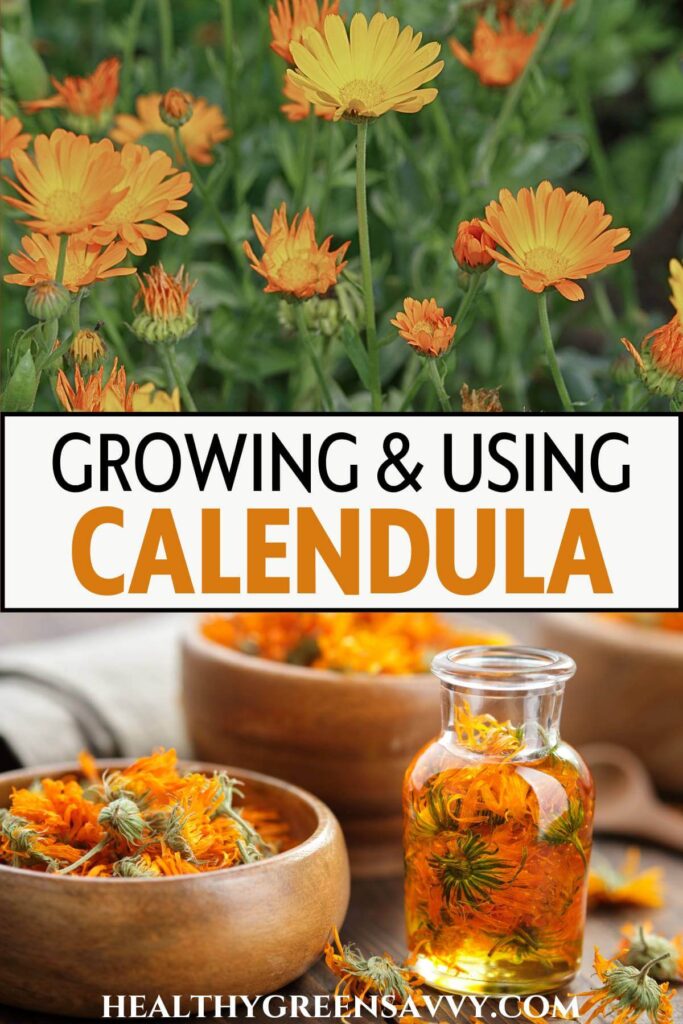
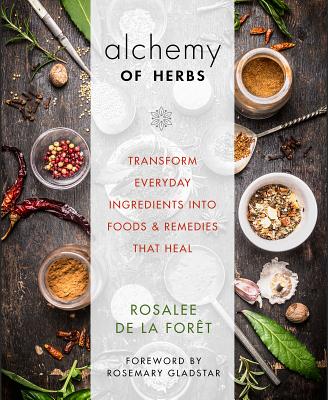
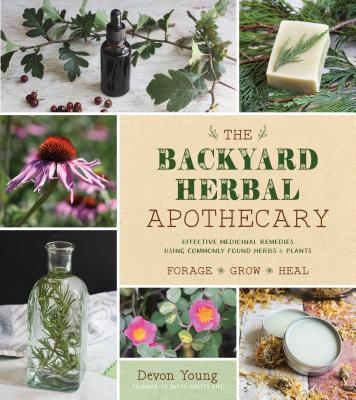






 Hi, I'm Susannah, a garden geek, energy nerd, and fan of healthy food and natural remedies. Need some simple, practical solutions for living healthier and greener? You've come to the right place! More about me and my green projects
Hi, I'm Susannah, a garden geek, energy nerd, and fan of healthy food and natural remedies. Need some simple, practical solutions for living healthier and greener? You've come to the right place! More about me and my green projects
Leave a Reply